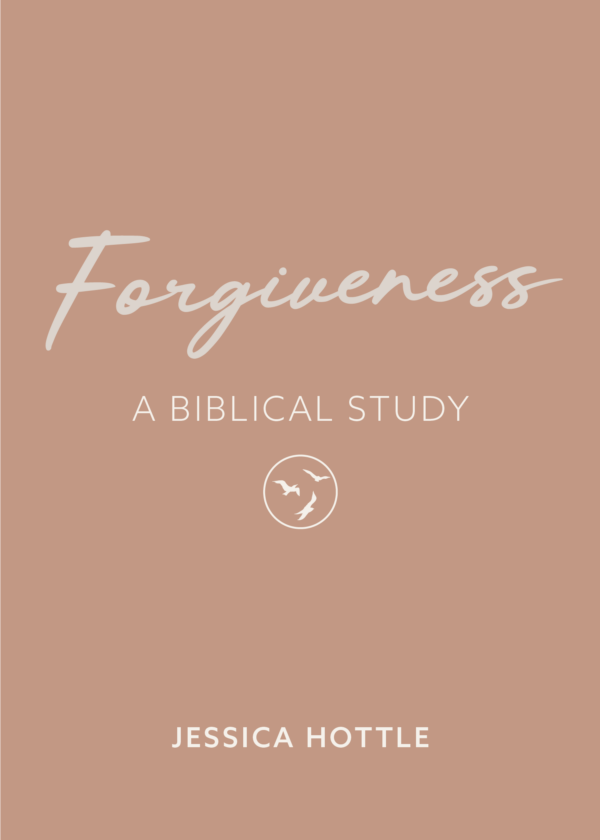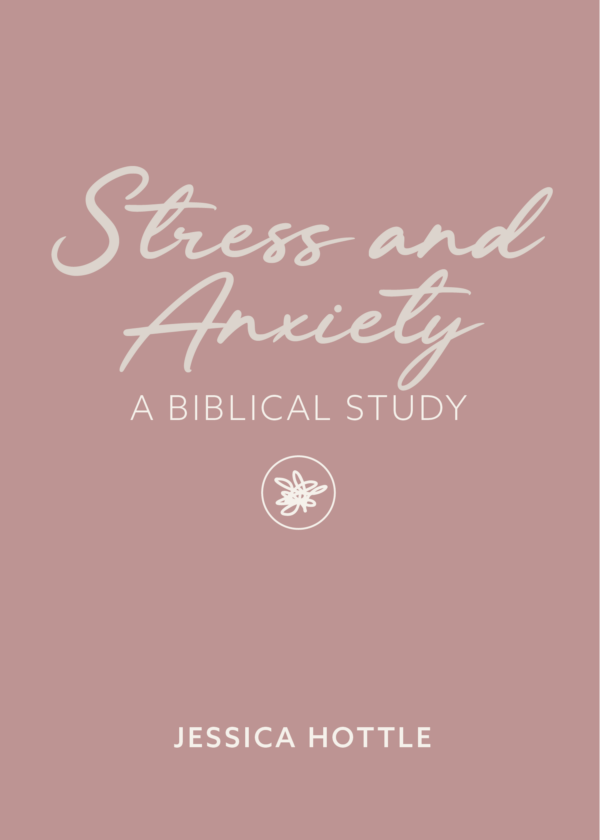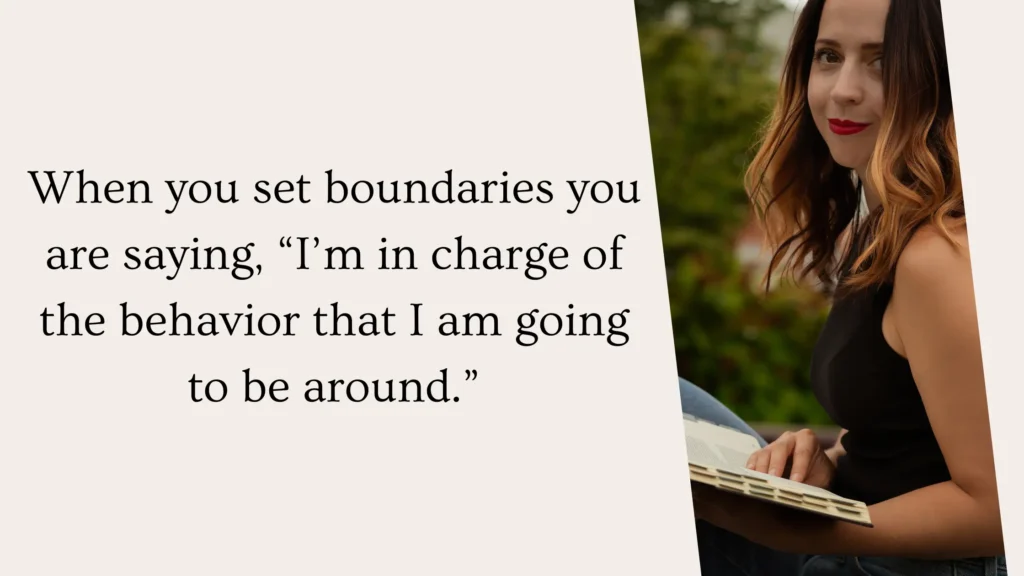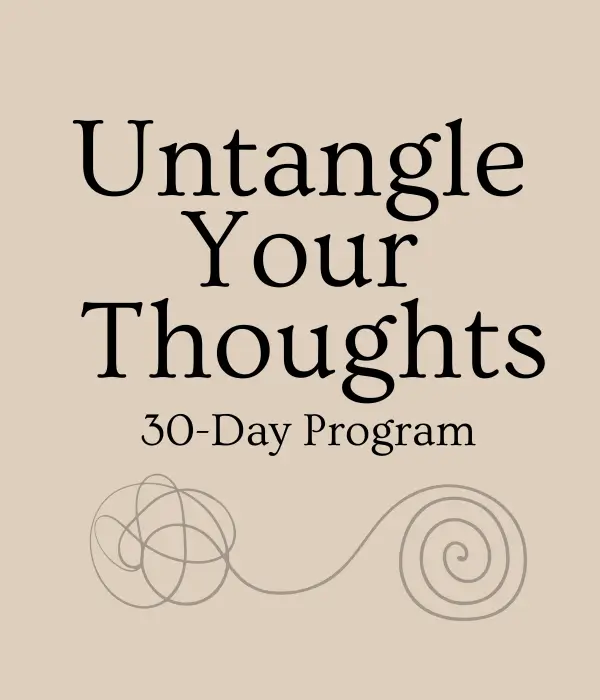Table of Contents
What Are Boundaries
When you set boundaries you are saying, “I’m in charge of the behavior that I am going to be around.” You are not trying to get someone to do something for you. You are actually communicating what you are going to do. Learning how to set boundaries is not for controlling other people to try and keep us feeling safe (because of our pain), but for releasing people from the control we have over them to bring that back to ourselves. It’s having the courage to say, “I am not going to allow this to happen or keep happening. This was too far.” One of the first ways we learn to set boundaries is when we know how far we will allow and not allow.
My one-on-one coaching clients come to me eager to create space between the person causing them pain and a willingness to maintain some kind of relationship with that person. One question I often ask coaching clients is this: “What are you willing to allow, and what are you willing to not allow?” It gets them to think about their own values. This question allows them to ask themselves what God says about how to approach this or what God may be leading them to do or say.
Asking them this question gives them permission to identify how far they are willing to go with someone and then identify when that person may have gone too far. Most of the time, we are unwilling to answer those questions because we know if we do, a decision will need to be made, followed by an action to follow (which can feel scary and sometimes threatening).
What Are the Types of Boundaries
As believers, we’re called to love others deeply, but love doesn’t mean saying yes to everything or letting people cross lines that leave us drained, confused, or hurt. God designed boundaries not to push people away, but to protect what He’s entrusted to us: our hearts, time, faith, and well-being. I want to briefly discuss six types of boundaries through a biblical lens and discover how Jesus modeled them with wisdom, love, and purpose. We can learn how to set boundaries when we understand how God has shown us boundaries.
1. Physical Boundaries – Honoring the Body God Gave You
“Do you not know that your bodies are temples of the Holy Spirit…?”
—1 Corinthians 6:19
God created our bodies with care and purpose. Setting physical boundaries means honoring the space and safety God gave us. It’s okay to say no to hugs, to rest when you’re tired, or to avoid places that make you feel unsafe. Jesus Himself would withdraw from crowds to rest (Luke 5:16)—a beautiful example of healthy physical boundaries.
2. Emotional Boundaries – Guarding Your Heart
“Above all else, guard your heart, for everything you do flows from it.”
—Proverbs 4:23
Emotional boundaries help us protect our hearts from becoming entangled in guilt, manipulation, or emotional overwhelm. You are not responsible for fixing everyone’s pain. Jesus felt deeply for others but didn’t let their emotions override His mission. You can feel compassion without carrying the weight of everyone else’s feelings.
3. Mental (Intellectual) Boundaries – Thinking with the Mind of Christ
“We take captive every thought to make it obedient to Christ.”
—2 Corinthians 10:5
Mental boundaries help us hold fast to truth and not be swayed by every opinion or argument. Respecting others’ viewpoints doesn’t mean you have to agree or accept false teaching. When we set boundaries as Christians, we must not allow what others think of us to dictate how we show up with them. Jesus often responded to questions with wisdom and silence, choosing when to engage and walk away (Matthew 22:15-22).
4. Time Boundaries – Stewarding Your Time Wisely
“Teach us to number our days, that we may gain a heart of wisdom.”
—Psalm 90:12
Time is a gift from God, and setting time boundaries is an act of stewardship. Jesus said no to some needs so He could say yes to the Father’s will. Saying no to busyness—even to “good” things—makes space for the best things: intimacy with God, rest, and your personal calling.
5. Material Boundaries – Living with Generosity and Wisdom
“Each of you should give what you have decided in your heart to give… not reluctantly or under compulsion…”
—2 Corinthians 9:7
When we learn to set boundaries around our resources, it’s not selfish; it’s wise. You can be generous without being taken advantage of. Giving should come from a willing heart, not guilt. Boundaries help ensure your giving is Spirit-led, not people-pressured.
6. Spiritual Boundaries – Protecting Your Walk with God
“Do not be yoked together with unbelievers…”
—2 Corinthians 6:14
Spiritual boundaries help you stay grounded in your faith. This may mean choosing who you allow to influence you, what teachings you expose yourself to, or how you prioritize time with God. Even Jesus protected His sacred moments—He made time to be alone with the Father, regardless of the crowd’s needs.
How to Set Boundaries
When learning to set boundaries, it is best to begin with the end in mind: they are intended to be helpful, not harmful.
What do we want our boundaries to accomplish? The goal is to improve communication and ensure the other person understands our expectations. Being intentional will help create a better outcome.
As I work with my one-on-one coaching clients with boundaries, I also try to help them think ahead and prepare for how the other person may react or not act so they are not caught off guard. When setting boundaries, we must be ready for the response and learn to be okay with that response. It is the other person’s decision on how they want to react.
Our objective is to be heard. Be mindful of not putting others in a defensive posture with your non-verbal communication and the tone of your message, so you can do your part to foster a safe, honoring, and kind conversation. When you set boundaries, you can not control how the other person is going to respond. You will have to allow them to have their feelings about your choices.
For example, refrain from:
- Accusations
- Defensive body language: rolling your eyes, crossing your arms, looking away, or pointing your finger
- Sarcastic remarks
- Raising your voice or whining
As soon as we point the blame and tell someone everything they do wrong all the time, they will likely shut down and feel the need to defend themselves instead of listening to what we are saying to them. If the goal is to be heard, it’s essential to communicate clearly and effectively how this person’s behavior impacts us and how we choose to handle it.
Note: Directly communicating a consequence is only sometimes necessary when you set boundaries. While a consequence can seem hurtful in a relationship where mutual respect is honored, in a relationship where the other person has shown that they are unwilling to respect your wishes or cooperate with your request, it will become necessary to create a consequence.
What Are Examples of How to Set Boundaries
Learning how to set boundaries has two parts: communicating a desire and conveying a consequence for failing to respect that desire. A straightforward way to communicate boundaries without getting the other person in defensive mode is by using “I” statements.
This approach helps us speak directly about the behavior (not the person). We will be clear about how that behavior impacted us. Lastly, we let them know what we want to see or what we will do if this behavior persists (we are saying this is what we will do since our goal isn’t to control them). Here is a sample outline: When you did this, it caused me to feel this. I would like this in the future.
Now, here are a few examples of how we may use this outline in our relationships:
- “When you interrupted me, I felt a bit unheard. I would really appreciate it if we could both take turns speaking in the future. If this continues, I may need to step away from the conversation.”
- “When conversations get heated, and voices are raised, I feel a bit uncomfortable. I’d love for us to talk calmly even when we disagree. If it continues, I might need to take a break until we can talk more calmly.”
- “When you joke about something personal, I feel a bit disrespected. I’d really appreciate it if we could avoid jokes about that topic. If it continues, I may need to limit our conversations on those subjects.”
Suppose you find it hard to set boundaries. In that case, I highly recommend working with someone (like me) to help you learn your limits, work through people-pleasing responses (especially if you are in fawn responses), and learn how to practically set boundaries with the people in your life.
What is a Boundary in a Relationship
Different relationships require different types of boundaries. Think for a moment about a bull and a chicken. Each animal is very different in nature, requiring a different type of fence (boundary line) to protect them and those around them. We have also heard boundaries referred to as a house with a fence.
Some people are allowed just in the yard, others aren’t allowed to cross the fence, and others are at the kitchen table with you. Every person we come in contact with is different in personality, character, and where they are in their walk with the Lord. In this, we recognize not everyone gets all of us at the same level. Read that again: Not everyone gets all of you at the same level. Recognizing that not everyone gets us all lays a foundation for setting boundaries.
Most of us have invited people to dine at the table with us who have not earned that level of trust or intimacy. (Yes, trust is earned over time and with a consistent character shown.) Some define boundaries as rules and limits we set for ourselves in relationships. A boundary doesn’t just exclude or take away.
It helps us recognize our capacity and willingness to surrender what is in our control (like time and our schedules) and outside of our control (other people and their reactions and choices). Boundaries ultimately show honor and respect to both people.
Boundaries also involve self-control. The Bible commands us to control ourselves, but our human nature desires to control others (Titus 2:12). Therefore, personal boundaries help to limit our selfish instinct to control or manipulate others. Likewise, boundaries protect us from those who have no self-control and who wish to control us.
We don’t try to get people to respect us. We create a healthy environment by showing respect. We set the standards for how we want to be treated by the way we treat others, which can come from boundaries.
How to Set Boundaries in a Relationship
Boundaries give us the opportunity to restore safety and trust back into a relationship. We can rediscover safety and trust when we navigate what we are willing to allow and not allow and understand how boundaries stem from love and a place of security, not fear and pain.
Setting boundaries in relationships is like putting up a fence around a yard—it lets people know where the safe space is and helps protect what’s important inside. When both people clearly express their boundaries, it makes things less confusing, like when neighbors know exactly where the property line is. This way, there’s less chance of stepping on each other’s toes, and the relationship feels more secure because everyone knows what to expect from the other.
Boundaries also teach respect. Imagine you have a garden, and you don’t want people walking through it. By telling them where they can step, you’re showing them how to treat something important to you. When the other person respects that, trust grows. It’s much easier to feel safe when you know your boundaries are being honored and that you’re valued.
When you set boundaries, it also gives us the power to protect ourselves. It’s like putting a lock on our front door—not to shut people out but to make sure we’re letting them in on our terms. When both people in a relationship understand each other’s limits, it becomes easier to feel in control and safe, knowing we’re responsible for our own emotional space.
Clear boundaries add consistency and predictability, which is key to a sense of safety. Think of it like playing a board game where everyone knows the rules. When both people understand and follow the boundaries, there’s less stress and anxiety because we know how things will go. This kind of stability makes the relationship feel comfortable and secure, like knowing the rules of the game will stay the same from start to finish.
Learn How to Set Boundaries Books
- Boundaries by Henry Cloud
- Boundaries in Marriage by Henry Cloud
- Boundaries in Dating by Henry Cloud
- Bible Study on Boundaries by Jessica Hottle
- Good Boundaries and Goodbyes by Lysa TerKeurst








